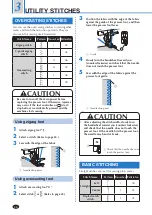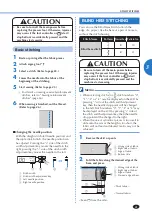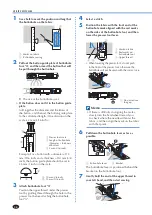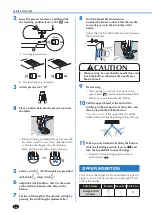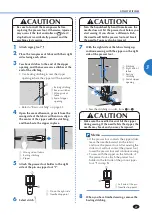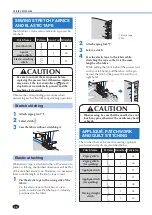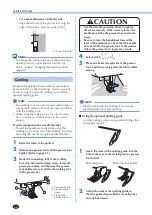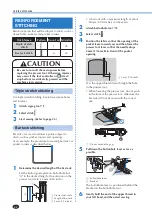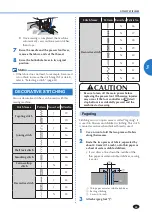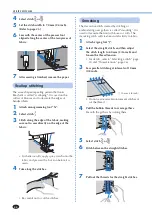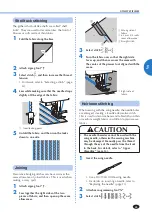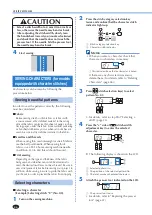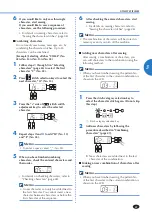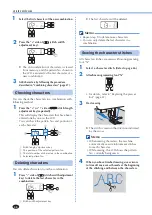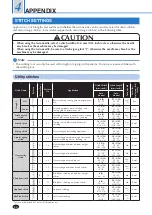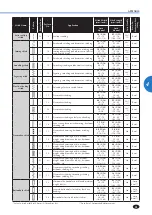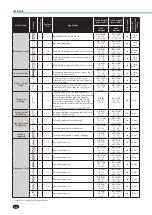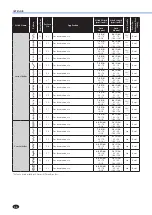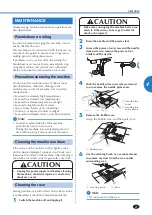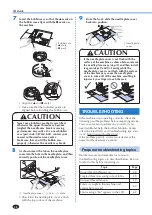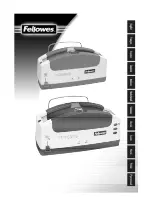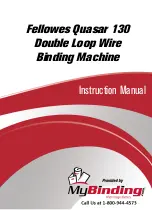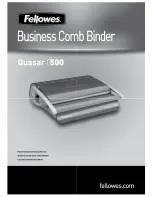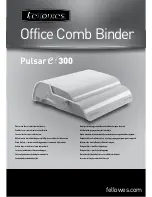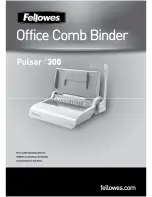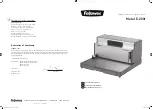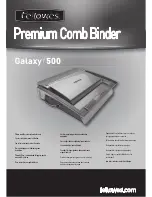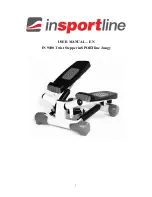
UTILITY STITCHES
43
3
X
Once sewing is completed, the machine
automatically sews reinforcement stitches,
then stops.
7
Raise the needle and the presser foot lever,
remove the fabric, and cut the thread.
8
Raise the buttonhole lever to its original
position.
Memo
• If the fabric does not feed, for example, because it
is too thick, increase the stitch length. For details,
refer to “Selecting a stitch” (page 24).
DECORATIVE STITCHING
Various decorative stitches can be sewn with this
sewing machine.
Stitch Name
Pattern Presser Foot Pattern No.
Fagoting stitch
J
19
J
20
Joining stitch
J
15
J
16
J
17
Shell tuck stitch
J
13
Smocking stitch
J
18
Satin scallop
stitch
N
14
Decorative stitch
J
22
J
23
J
24
N
25
Stitch Name
Pattern Presser Foot Pattern No.
Decorative stitch
N
26
N
27
N
28
N
29
N
30
N
31
N
32
N
33
CAUTION
• Be sure to turn off the main power before
replacing the presser foot. Otherwise, injuries
may occur if the foot controller or (start/
stop button) is accidentally pressed and the
machine starts sewing.
Fagoting
Stitching across an open seam is called “fagoting”. It
is used on blouses and children’s clothing. This stitch
is more decorative when thicker thread is used.
1
Use an iron to fold the two pieces of fabric
along their seams.
2
Baste the two pieces of fabric, separated by
about 4.0 mm (3/16 inch), onto thin paper or
a sheet of water-soluble stabilizer.
• If you draw a line down the middle of the
thin paper or water-soluble stabilizer, sewing
is easier.
1
2
3
1
Thin paper or water soluble stabilizer
2
Basting stitching
3
4 mm (3/16 inch)
3
Attach zigzag foot “J”.
Summary of Contents for 885-E33
Page 2: ......


